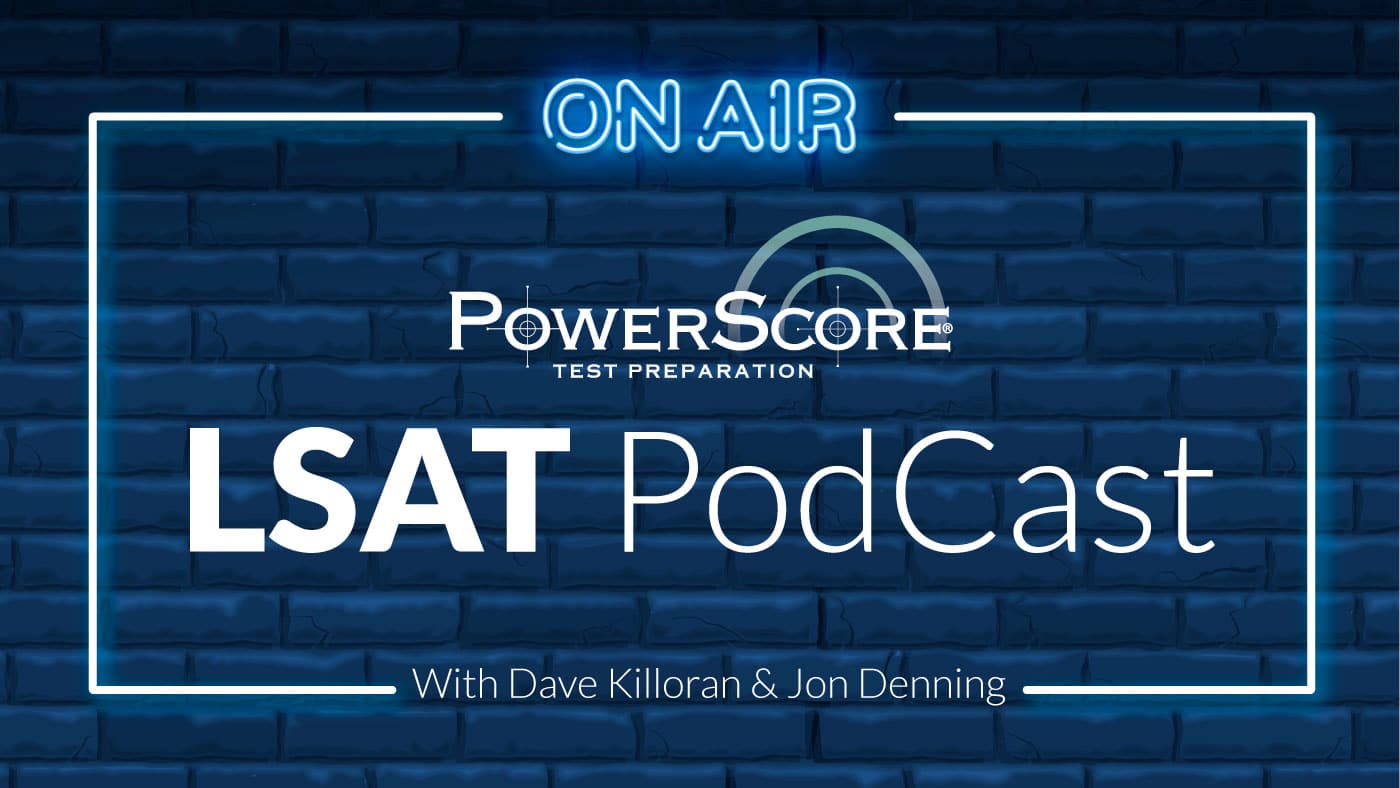In Episode 24, Dave and Jon begin their multi-part analysis of Flaw in the Reasoning questions, first providing a detailed overview of this tricky question type and then exploring three common but misunderstood flaw categories: Evidence Errors, Source Arguments, and Circular Reasoning. Within each they break down how the error operates and ways to spot it, common scenarios using specific examples, and finally how the test makers represent these flaws in the complex wording of answer choices.
0:00: Intro. Jon and Dave discuss their drinks of the week and give a thematic preview to today’s topic with a chat about Bille Eilish’s “Bad Guy.”
5:10 – This week in the LSAT world. The guys go over the recent early score release for the July LSAT and talk about the news of October and November LSAT centers filling up already.
18:58 – Flaw in the Reasoning Questions. The first part of the main topic discussion contains information on abstract Must Be True questions, how to identify the logical organization of an argument, and how to apply the Fact Test to Flaw questions.
Common Flaws
30:11 – Errors in the Use of Evidence. Jon and Dave discuss four instances of these errors: General Lack of Relevant Evidence for the Conclusion, Internal Contradiction, Exceptional Case/Overgeneralization, and Errors in Assessing the Force of Evidence.
1:04:15 – Source Argument/Ad Hominem. Different forms of source arguments are discussed including: focusing on the motives of the source, and focusing on the actions of the source.
1:12:19 – Circular Reasoning. They discuss the nature of Circular Reasoning and how the author assumes as true what is supposed to be proved.
1:23:33 – Outro.


Leave a Reply